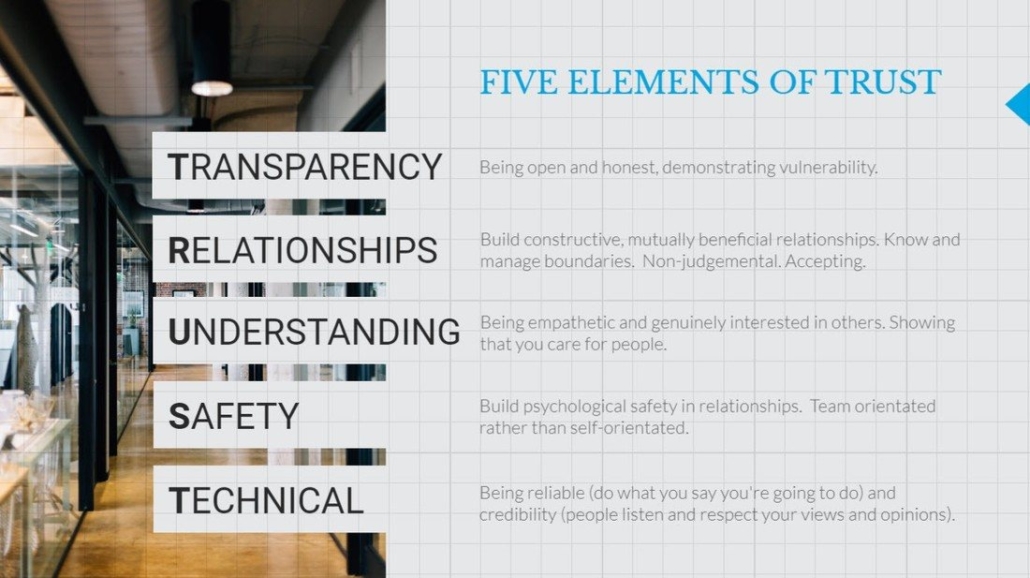How to Improve Communication Between You and Your Team
How to Improve Communication Between You and Your Team
In a recent article, we spoke about the Five Benefits of Leadership Development You Need to Know About. Over the coming weeks, we’ll be delving a little deeper into each of the benefits outlined in that article and exploring the integral role that leadership development plays in creating them. The first theme that we’re going to discuss is Better Communication.
Often, when there are issues facing any team or business, the key to finding – and then implementing – a solution is improving communication. We need to have the tools to be able to hear the concerns facing us, as well as the know-how to introduce long-lasting change.
Why communication is important for leaders
Building Trust – Communication is one of the best possible ways to build trust among employees. This is a two-fold process of not only being able to effectively get our own ideas across but also having the ability to listen to the ideas and concerns of others. It is in doing the latter that we begin to see trusting relationships form.
Fostering Unity – When we make the effort to communicate clearly with each other, the chances of being misinterpreted are far less. This is especially important for those in leadership positions. It alleviates the need for clarification and thus ensures that the whole team knows and understands the common goal.
Better Negotiators – Being able to negotiate in a fair and informed way makes for excellent communication. They are informed, consistent and receptive.
How to develop better communication
#1 Listen
Often overlooked, listening is an essential skill to focus on when developing our communication skills. Most people are sometimes too focused on what they want to say next that they don’t pay as much attention as they should to what the other person is saying. By listening closely and asking questions, we show the person or people, we’re speaking with that they have our respect and that their ideas are valued. Also, practice listening ‘beyond the words’ by listening for the real meaning behind what they’re saying. What values seem important to them?
#2 Over-explain
While at first, this may seem counterintuitive to the idea of communicating effectively, when we are talking about communicating clearly, repetition can be a vital factor. This can include repeating the important points to ensure you are being understood. You may also find repeating or rephrasing the other person’s ideas in the form of a question, to be a useful tool in securing your own understanding of them.
#3 Know Your Audience
We wouldn’t speak to our colleagues, in the same manner, we speak to our families. We tailor the way speak to different groups of people in a way that is appropriate for the relationship we have with those people. You may have a well-developed shorthand way of communicating within your team that allows you to communicate complex ideas quite concisely. However, with a new team member, you may have to take more time to carefully explain yourself in order to get the same message across. And avoid jargon!
#4 Mindfulness
Similar to listening and knowing your audience, mindfulness in a communication context is about being aware of how you are being perceived. What kind of tone are you using? Is this the appropriate time and place to have this discussion? What is the intention behind your message? Ask yourself these questions before jumping into the conversation.
Remember that communication is about much more than just what you say. It’s also about how you say it, why you say it and when you say it. It can even be about what you don’t say. We are communicating all of the time, so be more mindful of what you are communicating, even when you’re not speaking. Lastly, be open to hearing the opinions and ideas of others too. Effective leadership communication is fertile ground for long, trusting relationships.
Let us help you find what you’re looking for!











